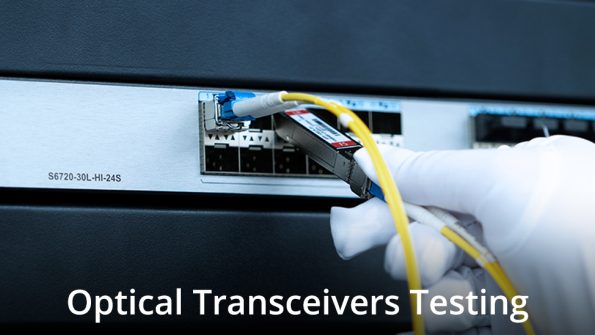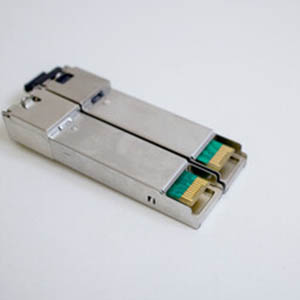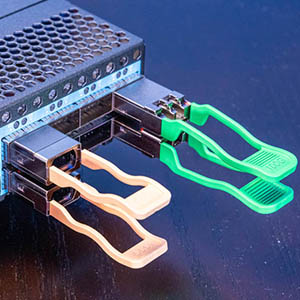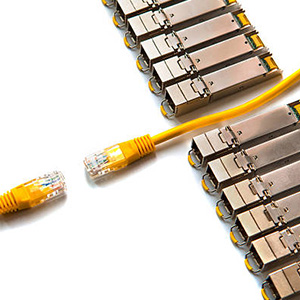In the realm of high-speed networking, SFP optical transceivers are indispensable for their ability to ensure swift and secure data transmission. This comprehensive guide delves into the intricacies of SFP optical transceivers, elucidating their types, operational mechanisms, and the advantages they offer. It also provides insights into selecting the right transceiver for various network configurations, highlighting the pivotal role these components play in enhancing network speed and scalability.

SFP Optical Transceivers: The Core of Modern Networking
SFP optical transceivers are compact, hot-swappable devices integral to the functioning of both NICs and switches in modern networks. They facilitate the conversion of electrical signals into light for transmission via fiber optic or copper cables, supporting a range of data rates and distances. Their versatility and adaptability make them essential for scaling high-speed communication infrastructures.
Optical Modules: Enabling High-Speed Data Transmission
Optical modules are crucial for the efficient transmission of data over long distances with minimal signal loss. They support various network standards and data rates, ensuring compatibility and flexibility in network scalability. Their ability to manage high data traffic is particularly beneficial in performance-critical environments such as enterprise networks, data centers, and telecom infrastructure.
Leveraging the Advantages of SFP optical transceivers
SFP optical transceivers offer a multitude of benefits, including flexibility, scalability, hot-swappable functionality, cost-effectiveness, and enhanced network performance. They support a wide range of applications and are designed to meet the evolving demands of high-speed networks.
SFP vs. SFP+: Understanding the Differences
SFP and SFP+ modules are distinguished by their data rate capabilities and designed applications. While SFP modules typically support up to 4.25 Gbps, SFP+ modules cater to higher data rates of up to 10 Gbps, making them suitable for more demanding applications. It is important to note that these modules are not interchangeable due to their different data rate support.

SFP and SFP+ Compatibility with Network Devices
Compatibility of SFP and SFP+ modules with network devices is dependent on both hardware and firmware support. These modules are versatile and can be used with a variety of network devices, often requiring verification against manufacturer guidelines for optimal performance.
Application Scenarios for SFP and SFP+ Transceivers
SFP and SFP+ transceivers are applicable in various network environments, including data centers, enterprise networks, telecommunications, and campus networks. They are particularly valuable in scenarios demanding high-speed data transmission, low latency, and reliability.
Choosing the Right SFP optical transceivers
When selecting an SFP optical transceivers, compatibility with existing network devices and infrastructure is paramount. Consideration of data rate and distance requirements is crucial to ensure optimal performance and cost-effectiveness. Environmental and industrial applications may necessitate industrial-grade SFP transceivers designed for robustness and reliability in extreme conditions.
Conclusion
SFP optical transceivers are vital for the construction and optimization of high-speed networks. By understanding the distinctions between different types of SFP modules and considering the specific needs of your network, you can ensure the seamless integration and performance of these critical components.










